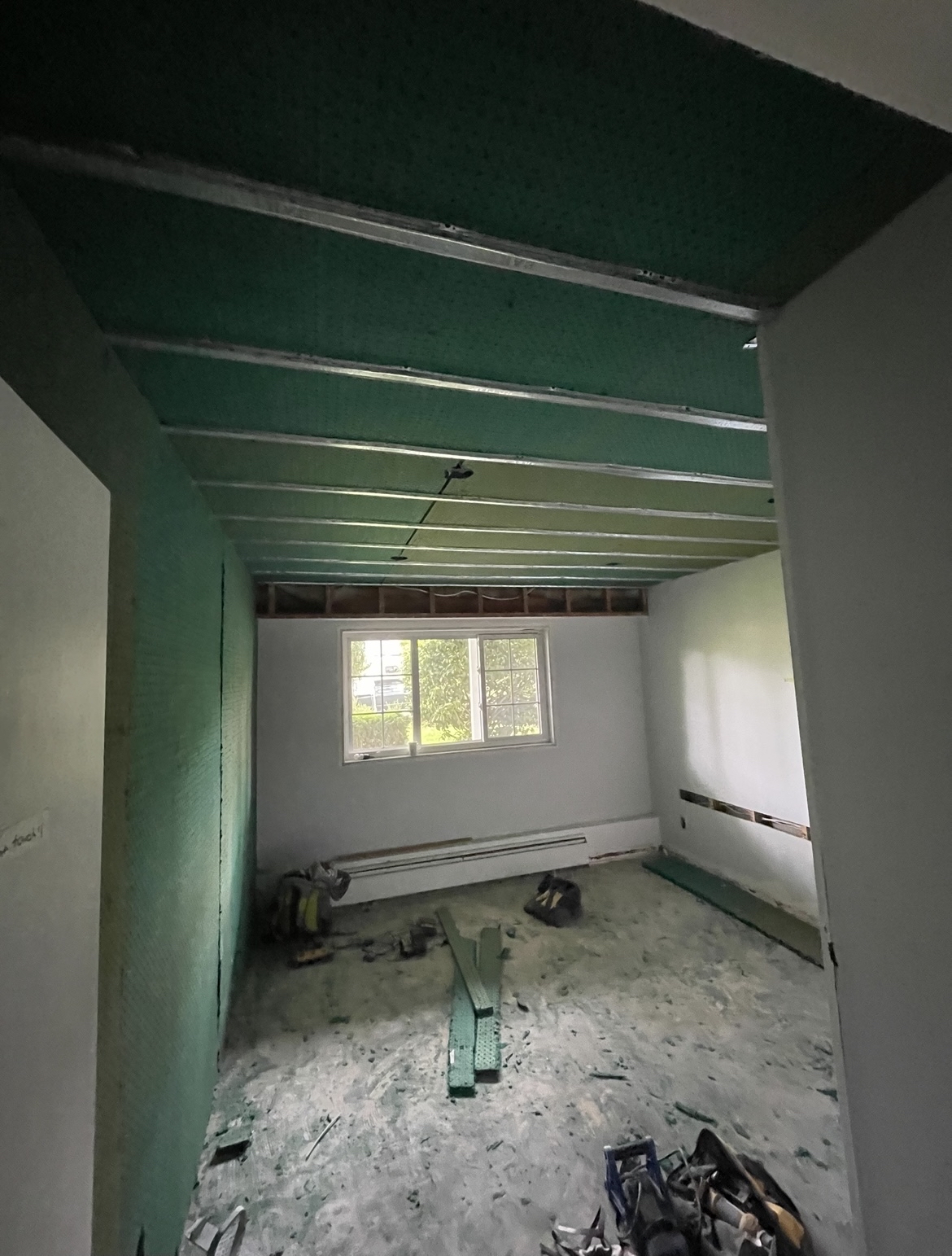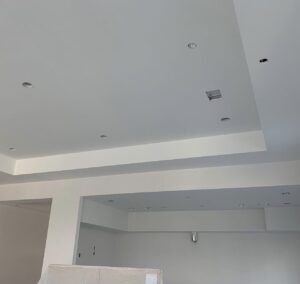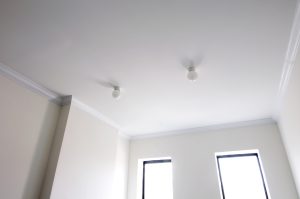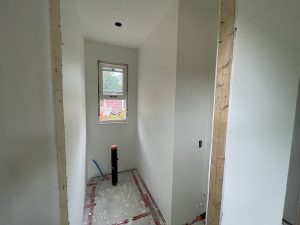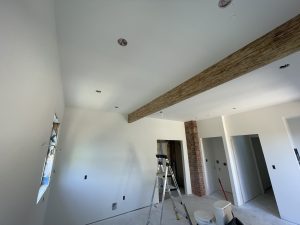In today’s fast-paced world, soundproofing has become essential to creating peaceful, private spaces in homes, offices, and multi-unit dwellings. As buildings become more compact and open-concept layouts remain popular, noise control is increasingly important. Soundproof drywall is one of the most effective tools in reducing sound transmission, using innovative technologies to absorb and dissipate sound. Understanding the science behind soundproof drywall can reveal why it’s a worthy investment in any soundproofing project.
Understanding Sound and Noise Transmission
The Science of Sound
Sound is created by vibrations that travel through air, solids, and liquids. When sound waves reach a barrier, like a wall, they can be transmitted through it, absorbed, or reflected. Traditional drywall offers minimal sound protection because sound waves can vibrate through its solid structure and reach the other side. Soundproof drywall, however, utilizes specific materials and design techniques to minimize this transmission.
Types of Noise
To understand how soundproof drywall works, it’s helpful to differentiate between airborne noise (like voices or music) and impact noise (like footsteps or machinery). Soundproof drywall is particularly effective in reducing airborne noise by using materials that absorb and dissipate sound waves. Many soundproofing projects consider both noise types to achieve optimal results, especially in multi-unit buildings or homes with shared walls.
The Impacts of Noise
Uncontrolled noise impacts quality of life by disrupting sleep, increasing stress, and reducing productivity. For homeowners and landlords, these disruptions can affect tenant satisfaction and property appeal. By blocking or dampening sound transmission, soundproof drywall helps maintain a peaceful and comfortable environment, enhancing daily life and property value.
How Soundproof Drywall Works
Soundproofing Principles
Soundproof drywall combines three main principles of sound control: absorption, insulation, and dampening. Absorption reduces the energy of sound waves, insulation traps them, and dampening prevents them from reverberating. Together, these principles work to minimize sound transfer from one space to another, creating quieter, more private environments.
Materials Used in Soundproof Drywall
Standard drywall consists mainly of gypsum, which is relatively solid and dense. Soundproof drywall, however, incorporates additional materials to block and absorb sound. These materials often include:
- Viscoelastic Compounds: These compounds dissipate vibrational energy, preventing sound waves from traveling through the wall.
- Fibers and Fiberglass: Some soundproof drywall types include layers of dense fibers that trap sound waves, converting sound energy into heat and reducing sound transfer.
- High-Mass Materials: Higher mass within soundproof drywall panels increases resistance to sound wave penetration, making it harder for sound to pass through.
Sound Transmission Class (STC) Ratings
STC ratings measure a material’s ability to reduce sound transmission, with higher STC ratings indicating better soundproofing. Standard drywall typically has an STC rating between 30 and 35, which only provides minimal sound reduction. In contrast, soundproof drywall can achieve STC ratings between 50 and 60, significantly improving noise control and allowing for quieter, more private spaces.
The Technology Behind Soundproof Drywall
Damping Technology
One of the key technologies in soundproof drywall is damping. Damping involves using materials within the drywall that absorb sound waves and reduce vibrations. Constrained layer damping (CLD) is a common method, where a viscoelastic layer between two drywall sheets absorbs sound vibrations, converting sound energy into heat and preventing it from passing through. Damping materials are essential for reducing both high- and low-frequency sounds, making soundproof drywall effective against a broad range of noises.
Resilient Channels and Decoupling
Resilient channels and decoupling techniques are essential in soundproof drywall installations. Resilient channels are metal strips installed between drywall sheets and studs, creating a buffer that limits direct sound transmission paths. By creating a small gap between the drywall and the wall studs, sound waves encounter more resistance. This “decoupling” prevents vibrations from moving directly through the wall structure, reducing sound transfer.
Sound Absorption and Insulation Layers
Additional soundproofing benefits can be achieved by adding layers of insulation behind soundproof drywall. Materials like mineral wool and fiberglass absorb sound waves within the wall cavity, creating an extra barrier for sound. These materials help improve the overall STC rating of the wall assembly, and when combined with soundproof drywall, can result in a significantly quieter space.
Installation Techniques for Optimal Soundproofing
Best Practices for Soundproof Drywall Installation
Proper installation is critical to maximizing soundproof drywall’s effectiveness. Small mistakes during installation can create gaps that allow sound to pass through. Acoustic caulking is one of the best tools for sealing these gaps, ensuring that the drywall assembly remains airtight. Applying caulking around the edges, seams, and any holes in the drywall creates a fully enclosed surface for maximum noise reduction.
Layered Construction Techniques
In cases where additional soundproofing is necessary, double-layered drywall can enhance results. By applying a second layer of soundproof drywall with a viscoelastic compound between the layers, sound waves encounter even more resistance. The layered approach is highly effective in home theaters, offices, or shared walls in multi-family housing.
Specialized Drywall Fasteners
Using specific fasteners and connectors also supports soundproofing integrity. Standard fasteners can sometimes create sound “leaks” that disrupt the continuity of soundproof drywall installations. Specialized fasteners and mounting brackets help maintain the structure’s integrity, ensuring that soundproofing measures remain effective over time.
Benefits of Soundproof Drywall Installation
Enhanced Privacy and Comfort
Soundproof drywall offers improved privacy and comfort, particularly in spaces where confidentiality or quietness is essential, like home offices, bedrooms, and bathrooms. It reduces both indoor noise and external sounds, creating spaces that feel secluded and private.
Energy Efficiency and Insulation
In addition to soundproofing, some materials in soundproof drywall contribute to thermal insulation, which can help reduce energy bills. The same dense materials that block sound also help regulate temperatures by minimizing heat transfer, keeping homes warmer in winter and cooler in summer.
Increased Property Value
Homes, condos, and apartments with soundproof features are increasingly desirable. Prospective buyers often look for homes that offer tranquility and privacy, and soundproof drywall is an attractive feature. Soundproofing can boost a property’s appeal and market value, particularly in busy urban environments or multi-family buildings.
Versatility in Applications
Soundproof drywall isn’t limited to bedrooms or offices; it’s versatile enough to be used in almost any part of a building. Soundproof drywall is commonly installed in home theaters, recording studios, and shared walls in condos or duplexes, but can be valuable anywhere noise control is needed.
Is Soundproof Drywall Worth It?
Cost vs. Benefit Analysis
While soundproof drywall typically costs more than standard drywall, the investment can be justified by its long-term benefits. In addition to improved comfort, quieter spaces can enhance concentration, sleep quality, and overall well-being. The cost difference is often outweighed by the value soundproof drywall adds to a home, particularly if it increases resale value or tenant satisfaction in rental properties.
Long-Term Investment
Soundproof drywall can be seen as a long-term investment in both quality of life and property value. Homeowners save on future soundproofing renovations by installing effective soundproofing solutions initially, and soundproof drywall’s insulation benefits can contribute to lower utility bills over time.
Conclusion
The science behind soundproof drywall reveals the thoughtful design and technology that make it effective. With advanced materials, damping technology, and decoupling techniques, soundproof drywall significantly reduces noise transfer, enhancing privacy and comfort. From enhanced insulation to increased property value, the benefits of soundproof drywall are numerous, making it a valuable investment. Homeowners, landlords, and builders can achieve quieter, more livable spaces by choosing soundproof drywall and ensuring a professional installation. For anyone seeking a peaceful environment, soundproof drywall is well worth the consideration.

